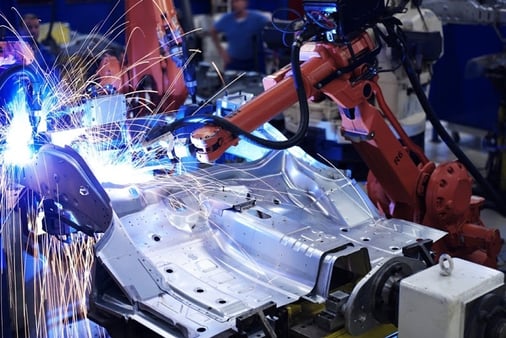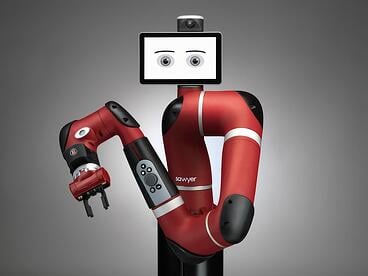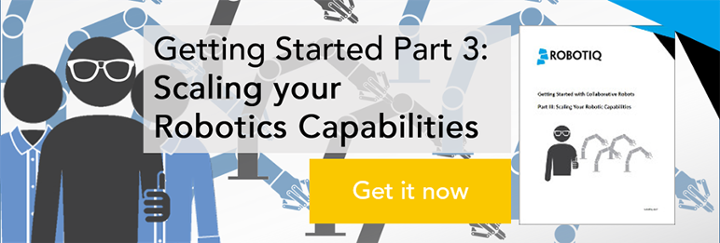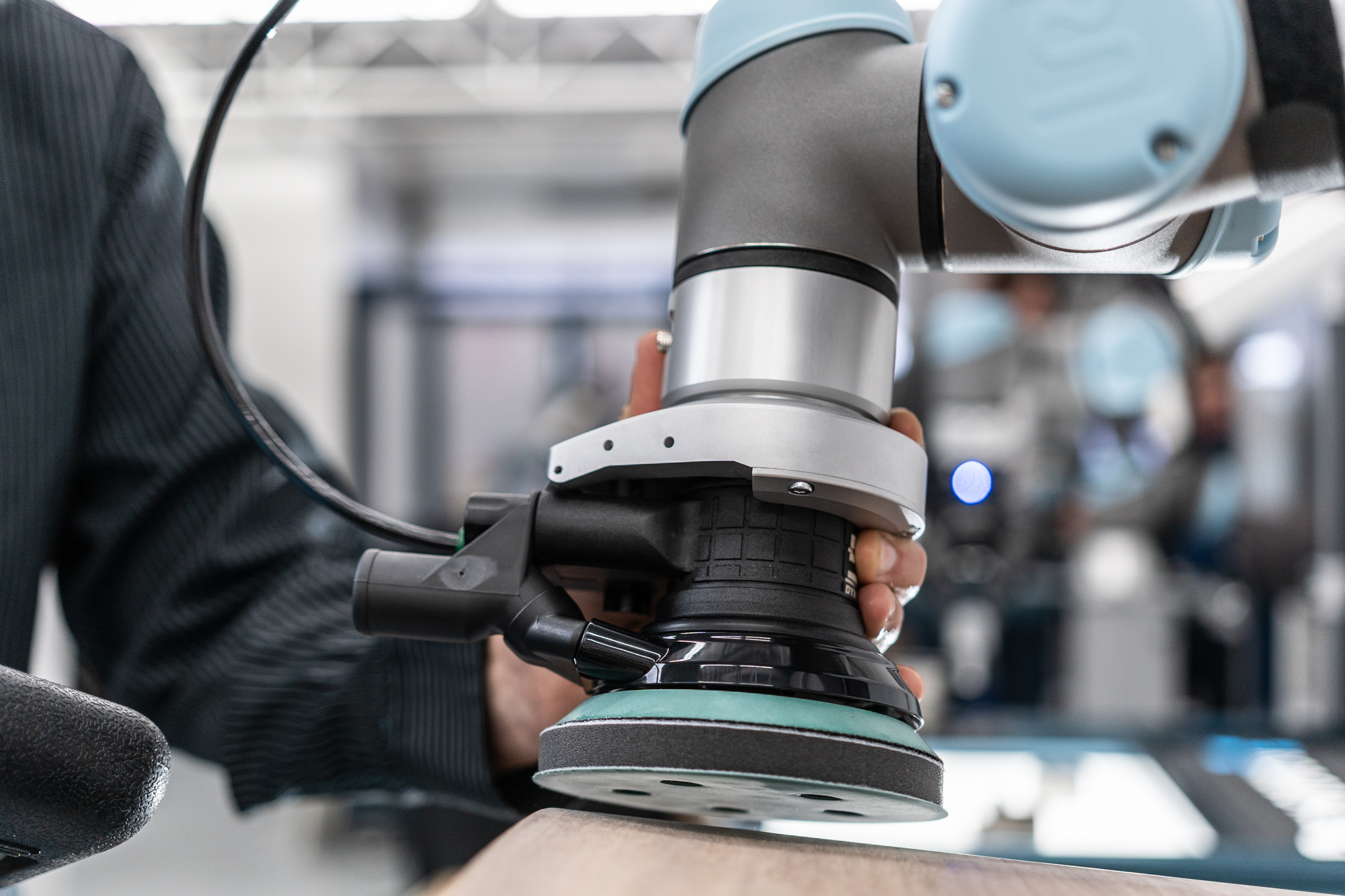Meet The Next Generation of Robotic Manufacturing

Posted on Feb 08, 2017 7:00 AM. 3 min read time
Robotics have been around since the 1970s, and they’ve long been a solution for manufacturing, especially in the automobile industry. As time progresses, robots are being used to do everything from building, to packing, and even loading shipments. Combine this with the rise of collaborative robots, and you have a recipe for an interesting future.
While traditional fenced robots got started in the auto industry, collaborative robotics have begun appearing in all types of industries. The next generation of robotics in manufacturing will work alongside people to create efficient, and more importantly, safe working environments that combine the best of both worlds. Today, we’ll look at a glimpse of the future and what it means for this new generation.
Introducing the Future of Robotics in Manufacturing
The future of robotics is being influenced by several other trends in the industry. Overall, the next generation has characteristics like these:
- Smarter

- More mobile
- Increased collaboration
- More adaptability
- Additional safety features
Today’s robots tend to be bulky and dangerous to humans who may be nearby while they’re working. They can also only accomplish one task at a time. Newer models that broach this territory of next generation solutions are working alongside humans and performing numerous tasks.
Suppliers like Universal Robots are at the forefront of this progress. This line of collaborative robotic solutions offers solutions for just about any task you can imagine. At the low cost of $31,000 per robot, they offer a more affordable solution.
This also illustrates a future where collaborative robotics could be used to create more competition between smaller manufacturers and industry giants. The reduced cost of labor through robotics would allow countries like the U.S to reclaim some of their lost industry that has been moved to China or Mexico.
Where industrial robots used to handle large and simple tasks like heavy lifting, welding, and the like, they are now able to perform more complex and delicate tasks. The aforementioned Universal Robots are being used at a Renault factory in Cleon, France.
 Here, they are driving screws into engines, specifically in the places where humans have trouble reaching. These robots have 50 inches of reach and over six joints to make them so flexible. During this time, they can also verify the parts and ensure the correct ones are being used, just like a human would.
Here, they are driving screws into engines, specifically in the places where humans have trouble reaching. These robots have 50 inches of reach and over six joints to make them so flexible. During this time, they can also verify the parts and ensure the correct ones are being used, just like a human would.
These robots are also much lighter than you would expect. At only 64 pounds, they can be easily relocated as they’re needed in the factory.
Another company that is pushing the envelope is Rethink Robotics based out of Boston. Their latest innovation is Sawyer, a revolutionary step forward in collaborative robotics.
With 7 degrees of freedom, and a 1260 mm reach, Sawyer can work in tight spaces and various types of work cells. More importantly, it can also work alongside humans without any safety concerns.
 This is thanks to the force sensing capabilities that allow Saywer to "feel" fixtures and other machines. It can work within a .1 mm precision and operate perfectly safe beside human co-workers.
This is thanks to the force sensing capabilities that allow Saywer to "feel" fixtures and other machines. It can work within a .1 mm precision and operate perfectly safe beside human co-workers.
These solutions aren’t just present in the auto industry either. Companies like ABB are using collaborative robots in the consumer electronics industry. These robots are just the opposite of industrial ones. They are dealing with very small pieces and components.
With the rise of technology like artificial intelligence, and the wider availability of sensors and safety technologies, robotics are becoming safer and smarter. This new generation will work in a variety of industries, right alongside human counterparts and everyone will benefit as a result.










Leave a comment